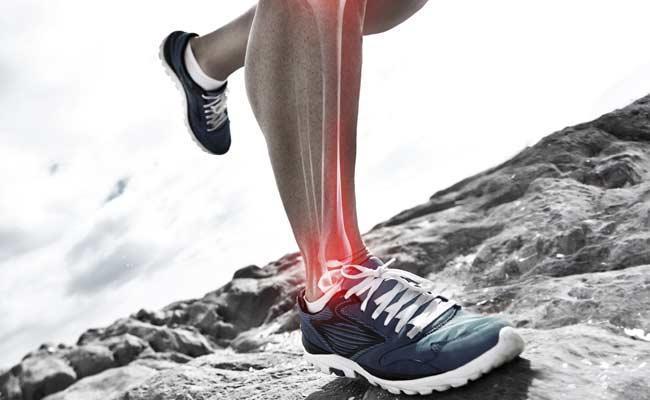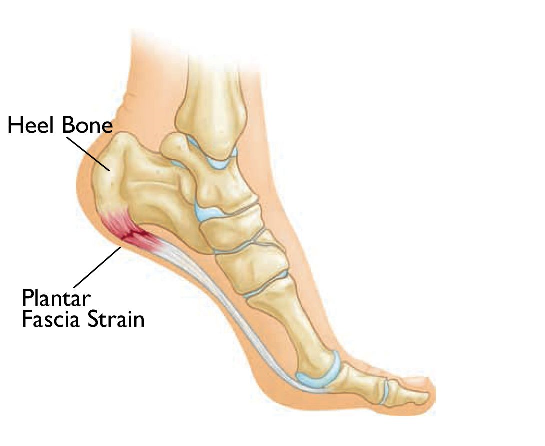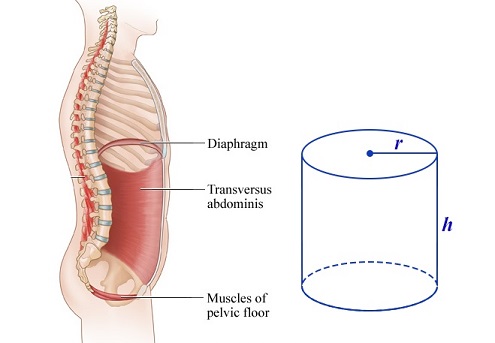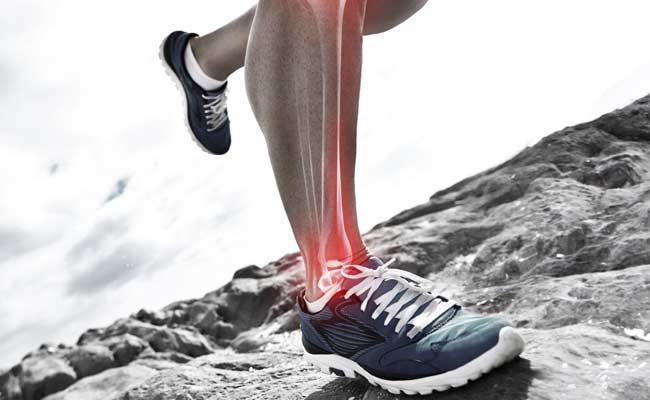
Shin splints are the bane of many running athletes, and are often frustrating due to the difficulty in getting rid of them for good.
Shin splints are a painful condition of the lower limb, usually presenting on the anterior aspect of the lower leg feeling at though they are coming from the tibia (shinbone). It is often sensitive to touch the muscular sections either laterally or medially of the tibia. This can indicate the type of shin splint experienced as either posterior or anterior shin splints.
Most commonly shin splints occur during a high impact workout, such as running, box jumps, or double unders (I’m looking at you cross fitters). Most commonly athletes experience shin splints after a sudden increase in activity in their training, or new athletes may experience them as result of starting a new activity altogether. Often the pain subsides with rest, but returns immediately when active.
We could dig into why shin splints occur in terms or muscular imbalance, tightness, weakness, and running technique. Which is important. But for the person reading this, the most important thing you must implement if you are looking to avoid shin splints – or rehabilitate from them – is LOAD MANAGEMENT!
The principle of load management is controlling the total amount of stimulus/stress you place on a given movement or muscle group. If we increase our total load too quickly, we do not give our body adequate time to adapt to the stimulus, or recover from the micro damage caused during exercise sessions.
When starting a new program, it is important to remember that you can only get so much fitter, or stronger, in a certain amount of time. Doing extra distance to try and get fitter quicker is a noble idea – but unfortunately due to fatigue your form will fail. You’ll place undue stress on the structures spoken about above. If you repeatedly place this stress on the structures more than what they are conditioned to handle without giving them time to adapt you can expect to find something starts breaking down pretty quickly. In some cases, it’ll be shin splints, in others plantar fascia pain, in others, hip or knee pain.
If you’ve already got shin splints, and are stuck. My best advice is to stop whatever causes them to hurt. Work on low impact activity for a while. Engage with a knowledgeable EP or Physio to work on runners strength and technique, and keep your fitness up with activities like rowing and bike riding while we get you back to running over time.
A good guide for running is run for only as long as you can maintain perfect form, and then increase by no more than 10% a week total distance. If you aren’t a running currently, and want to start, start by walking for a few weeks, then do a walk/jog, and work up to running over a few months.
If you don’t know what perfect form is, or you want to work on gaining the strength to maintain form during running or running sports – come see one of our Exercise Physiologists at Hunter rehab and health.



